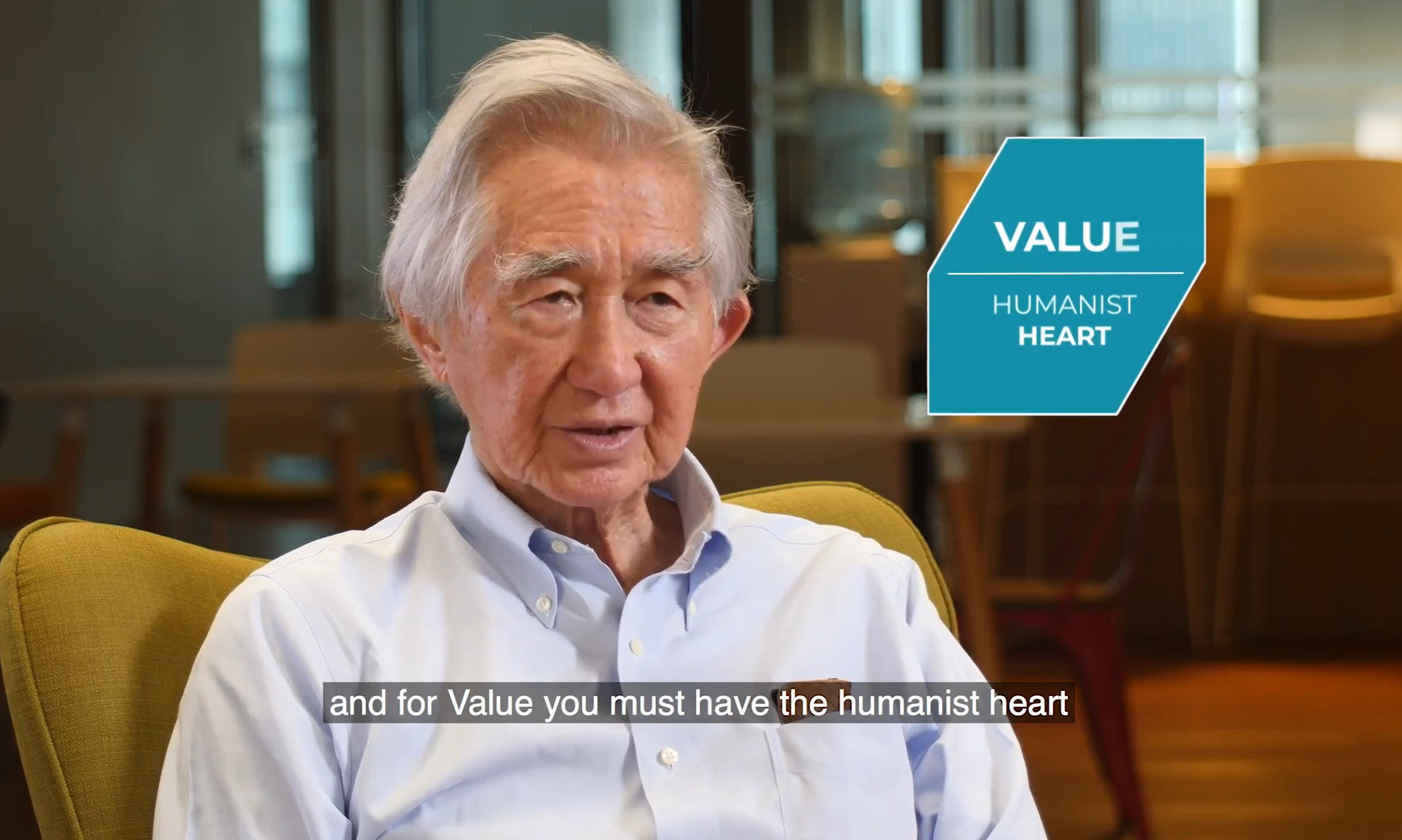MORROW’s founding chairman, Dr Liu Thai Ker, was invited by the Centre of Liveable Cities to record a series of e-modules on the topic of urban planning.
Value, Science & Art Part 1: Critical Input for Value, Science & Art
Dr Liu emphasised the importance of urban planners translating words and data into spatial arrangements with clearly stated physical requirements. To plan a city well, Dr Liu brought up these three key elements:
- Value —— Why plan?
- Science —— What is a city?
- Art —— How to plan?
To have a well-planned city, an urban planner needs to have a humanist heart (value), a scientist head (science) and an artist eye (art).
Value, Science & Art Part 2: Application of Value, Science & Art in Singapore
The structure of a city is like a family, not a single person. The hierarchical systematic allocation guides urban planners to plan cities in a rational and scientifically correct manner.
Dr Liu shared Singapore’s journey and his experience in building a world class city that became liveable, prosperous and progressive in just 25 years. Singapore’s journey has shown that good urban planning and policy-making will have a positive impact on a city’s economic growth. Dr Liu also highlighted the merits of the “kiasu” mentality in Singaporeans, which then translates into long-term planning vital for the city, and the presence of contingency plans.
Value, Science & Art Part 3: Sharing Experience
“No man is an island, and no project is an island”. In architecture and urban planning, it is always important to recognise how the project fits into the larger context of the city or state. In this episode, Dr Liu shares his urban planning experience with projects in other cities and countries, highlighting the importance of synchronising urban and transportation planning together. This is to ensure that the transportation functionality and effectiveness remains high in the city.
Value, Science & Art Part 4: Crystallising the Learning Points


